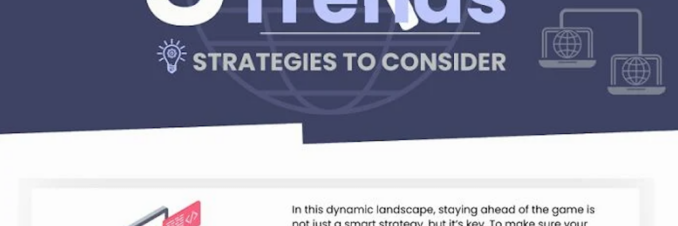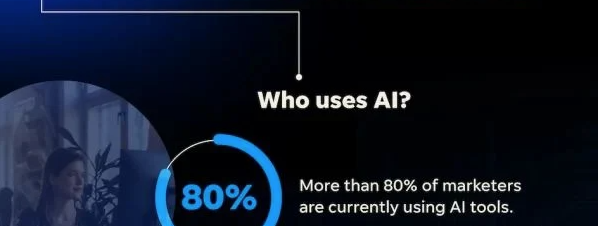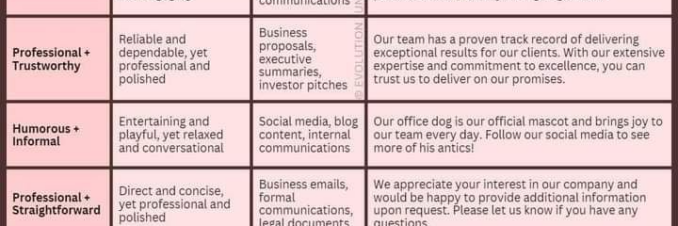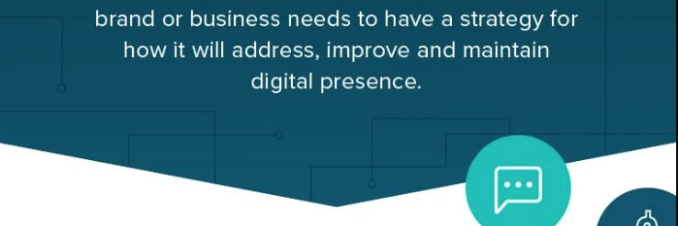 While not the most galmourous part of a real estate transaction, an important one none the less.
While not the most galmourous part of a real estate transaction, an important one none the less.
Question:
When should the parties select the box for Alta standard title?
Answer:
Paragraph 2 of the Optional Clauses Addendum (Form 22D) was revised to make clear that when the parties select the Alta standard form of title insurance, in paragraph 2 of Form 22D, they are down grading the amount and quality of insurance coverage that buyer will receive. Too many brokers appear to operate under a misunderstanding. The misunderstanding is that the best or most appropriate form of title insurance is the Alta standard policy. That is not true. In fact, the opposite is true. The Alta standard policy is actually the lowest form of title insurance. The Alta homeowner’s policy is one step up and the extended title policy is the highest form of title insurance.
Parties should almost never check the box for Alta standard title in paragraph 2 of Form 22D. Alta standard title is the lowest form of title insurance available. The boiler plate language of Form 21, the statewide purchase agreement, requires seller to purchase a homeowner’s policy of title insurance for buyer. The homeowner’s policy costs 10% more than the standard policy and for most title policies that is a difference of less than one hundred dollars. In light of the additional protections offered by the homeowners policy, that minimal difference in cost is justified.
It is true that seller purchases the title policy for buyer and sellers may reasonably ask why seller would want to pay anything more for additional protection benefitting the buyer. The fact is, the increased protection of the homeowner’s policy benefits both buyer and seller. If, after closing, buyer encounters a title problem that is covered by the homeowner’s policy, buyer will look to the title company for resolution. In most cases, the title company will solve the problem and seller will never hear about it. It is possible the title company could come back to seller for recovery of the title company losses, but in most cases, the title company will not do that. As a result, the minimal increase in premium will benefit both buyer and seller.
In the same scenario, if buyer’s title policy did not cover the defect discovered after closing, then buyer’s only recourse would be to seller. Seller would have to defend the claim or resolve the problem for the buyer. Of course, either action would certainly cost more than $100. Again, the superior title policy benefits buyer and seller.
There are some properties where the homeowner’s policy will not be made available by the title company. Even in those cases, the parties do not need to select Alta standard title on Form 22D. The boiler plate language of the statewide purchase agreements covers this issue. The statewide purchase agreements specify that seller will purchase a homeowners policy of title but if a homeowners policy is not available, then seller is only required to purchase an Alta standard policy. In other words, the boiler plate language of the purchase agreement solves the problem of a homeowner’s policy being unavailable without further action by the parties.
The other option set forth in paragraph 2 of Form 22D is the option for extended title. Some buyers will want the additional protection offered by an extended title policy and should check that box. By selecting extended title, buyer agrees to pay the costs of any required surveys and any premium over and above the premium for the homeowner’s policy.







![A 44-Point SEO Checklist to Help Improve Your Process [Infographic]](http://www.emmanuelfonte.com/wp-content/uploads/2023/08/SEO-678x226.png)


